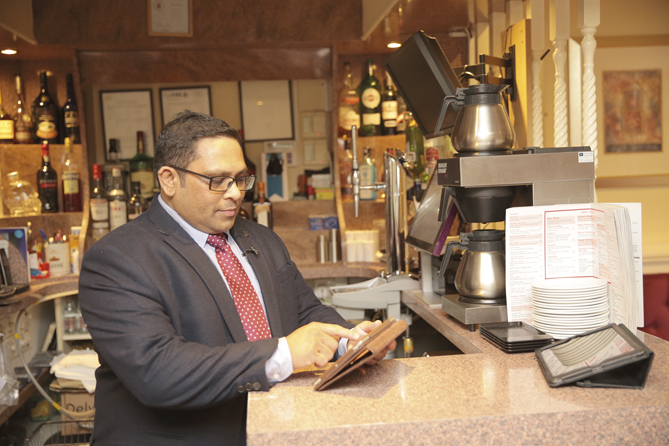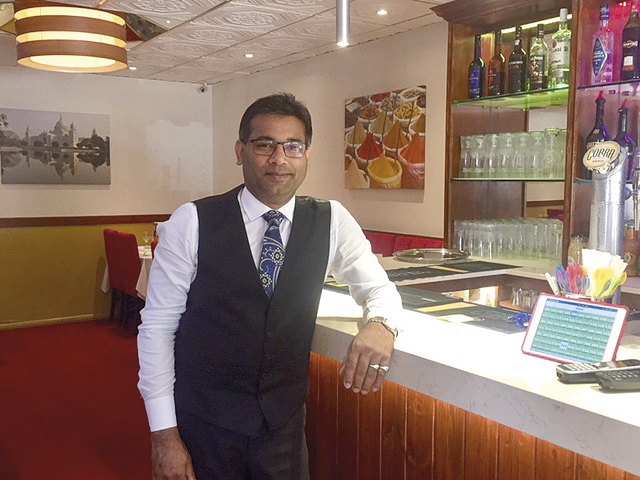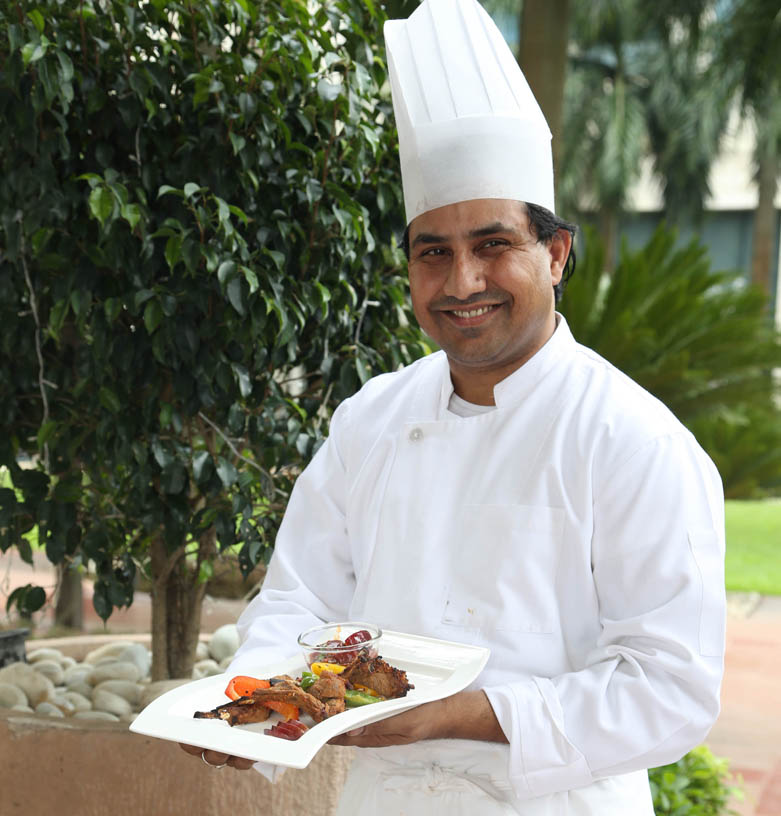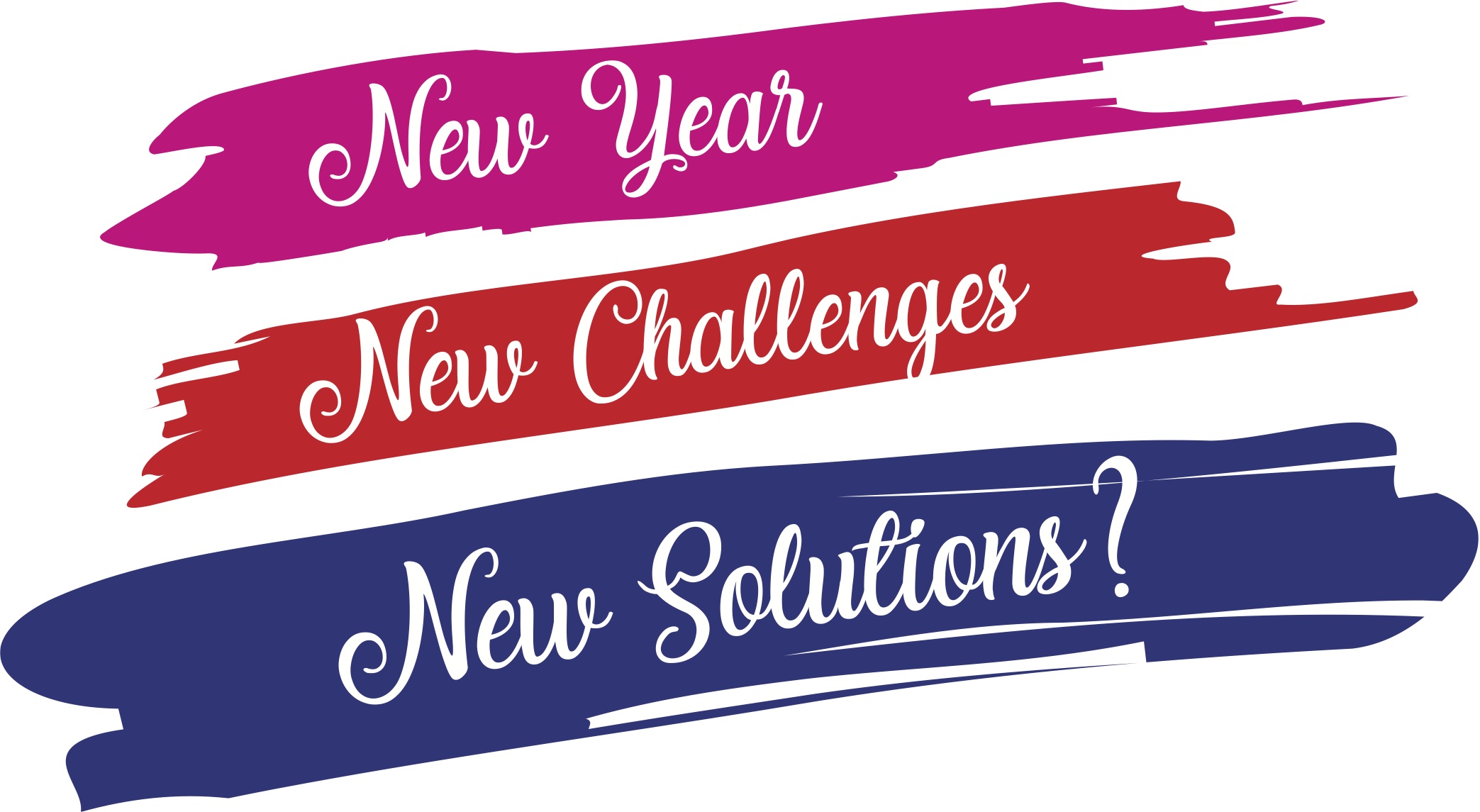What does the future look like for the hospitality industry?
Top restaurateurs give their verdict
‘Unprecedented’ is perhaps the most fitting word to describe this rollercoaster of a year – a turbulent year where the hospitality industry has undeniably been one of the sectors hit hardest.
Frequently changing government strategies – in turn boosting and hampering the sector – have left restaurateurs with no choice than to adapt and make many sacrifices to survive, with some even shutting their doors for good.
As we shut the door on this incredibly tough year, and look toward to a new one, many are wondering what lies ahead for the hospitality industry. With the prospect of multiple vaccines and mass testing assuring a gradual return to normality by next spring, there’s hope within the sector that the restaurants we know, miss and love will return to our cities and neighbourhoods.
But until then, will owners be looking to adapt to new ways of working? And, if so, in what ways?
To get a better idea, we spoke to leading restaurateurs to get their predictions for the future of eating out.
Capturing data
With such uncertainty surrounding consumer habits in the New Year, investing time and money into data capturing is a useful way to enhance and bolster a restaurant’s demographic.
Ruhel Hoque, from The Indian Ocean in Cambridge, sees this as a key strategy for him to draw in the right type of customer: “I do all digital marketing and social media, targeting specific customers individually with personalised offers,” he says.
“I’ve updated our data capture so I can get more information about customers from google, phone calls, email and SMS marketing. My free WIFI also works as a data capture for customers, so I know what they like and what they don’t like.”
Ruhel views digital marketing, ultimately, as a crucial tool for keeping customers interested: “Restaurants will always be a luxury which people can do without; we are a treat and not a necessity like supermarkets or corner shops,” says Ruhel.
“We have to market ourselves so that, with all of this doom and gloom, we’re a good way to forget about our collective problems. Our industry has a shortage of skilled people – chefs, sous chefs and so on – and as a result I’ve invested heavily in technology to stay ahead.”
Leaving Europe
Another strain on the restaurant industry in the near future is the reality of leaving the European Union.
Mr Ataur Rahman Lyak, owner of Rajdoot Tandoori in Guildford, shares his concerns over the fluctuating prices of products, as well as European workers’ involvement in the sector:
“We have difficult times ahead of us,” he explains. “The number of people losing jobs means their pockets are shrinking – and coming out of the European Union is another big worry. “We buy a lot of produce from Europe, so there are concerns that prices will get much higher once we leave. Also, there is currently a large volume of European people working here in the sector, and I feel that will reduce quite significantly by December or sometime in the new year.”

Technology boost
Most restaurateurs would agree that technology is the way forward for the industry – certainly in the view of Mr Lyak: “Restaurant; technology is very important for restaurant management systems and it’s only a one-time investment. I believe the tech is the future – especially as it’s becoming more reliable, with QR codes, ordering systems and so on,” he says.
“To thrive in this competitive market, you need good technology and equipment to support yourself, so then we can have smaller staffing costs. We are therefore planning on heavily investing in a lot of modern technology, such as online ordering systems, so that staff don’t have to take orders themselves.”
On the other hand…
The sector has seen a huge uptake in restaurant tech due to the pandemic, with most restaurants adopting some form of app ordering systems and QR codes to help with order-taking. Despite this, not all restaurateurs see technology as the only avenue to go down when it comes to a restaurant’s operation.
Jamal Uddin Ahmed, owner of Shozna Restaurant in Rochester, states he, for one, will continue to operate his restaurant manually: “At the moment we have all the PPE in place for customer service; we take orders from the table and our menus are disposable.
“We will continue to do everything manually, making sure it’s all safe,” he says. “Technology is very good but when it goes wrong, it’s a big headache for us. It’s a very busy restaurant so we can’t afford the system to go wrong.”
Ruhel Hoque, agrees on the use of QR codes: “We will keep QR codes and apps in the restaurant for the next year, although once everything fully goes back to normal, we’ll go back to providing physical menus.”
Fine dining in danger?
Another worry for the restaurant sector is the future of fine dining. For Jamal, he sees this particular type of dining in danger due to the inevitable high pricing which comes with running such a menu: “I think fine dining is in danger next year. For the last five years we’ve been doing it, but because it hasn’t been feasible this year, we had to cut it. One problem is the table spacing, and it’s also very expensive to run the fine dining menu compared to the normal one.” Jamal adds: “I don’t want to take the risk of operating two different types of foods and orders, because the regulations are so much stress – so we’ve only been operating with one, and fortunately it’s working well

for us.”
Appliances
With the pandemic taking so much control away from restaurateurs, something they can do to manage future operations is to invest in better appliances. Explains Ruhel: “I have invested lots of money in appliances. Before all this investment we only had people to do the work. But now we’ve got prep machines which can do an hour’s work in five minutes.”
“Our new ovens do multiple cooking at the same time. So, one person can actually do work previously requiring three or four staff. And then on the tandoori side, I’ve replaced the whole tandoori with a rational oven,” he says. “I’ve also invested in a dough machine which does all the work. It’s a very labour intensive and skilful job – and that’s done by machinery now.”
Takeaways
Many restaurateurs would agree that takeaway is currently a major priority. For Mr Lyak, he believes takeaway is “the biggest thing in the industry now”:
“I’m concentrating more on takeaway than the physical restaurant. The takeaway industry has grown much bigger and is more profitable if you can run with a proper system,” he says.
“Takeaway means less people, and increased returns. With restaurants, even if you have so much technology, you still need waiters to serve. With takeaway, the system automatically receives the order.”
Ruhel is similarly investing more money in tech to bolster sales: “We’ve recently invested in online ordering – an online ecommerce website – that does a similar job to Just Eat but at a bespoke level.
“I’ve adapted: before we had a phone, pen and paper, but now we have an integrated system with online ordering, and everything is done automatically,” says Ruhel. “That’s the way forward, really. I’m generally moving towards automation, but not to an extent of a McDonalds or a KFC.”
Carry on restaurants
Although takeaways have seen a huge uptake this year, Jamal remains committed to focusing his efforts on the restaurant next year: “We’ve had takeaways from the beginning, but I’m mainly still in the restaurant game. We’re a 140-seat restaurant and we’ve invested so much in the restaurant side, so we wouldn’t convert to a takeaway only or look at the future as being takeaway,” he says.
“It’s too much for me to lose because we have massive premises. If we tried to operate just on the takeaway side, it would be a big loss for me; it’s a three-floor storey building. If we’re just operating as takeaway, what would we do with the other two floors?” Jamal says.
“We’ve already refurbished the restaurant this year, so everything is Covid-19 compliant and hands-free. If you go the bathroom you don’t need to touch anything.”
Staff skills
For second-generation restaurateur Ruhel, whose restaurant has been in this industry since 1965, he sees the restaurant remaining “a very viable business at the moment” – although he believes there needs to be more focus in “attracting younger, more vibrant people into this industry”.
“You will always need staff. But the approach I have taken is reducing the skill level,” says Ruhel. “Before, the tandoori chef or someone of that calibre had a skill, how to cook produce, naan bread, chapati, spicing. But now what we have done here is document all the recipes with weights and measures so all this is easier to pick up by other staff.”
Reducing menus
Another alteration many restaurateurs have had to make is reducing menus, says Ruhel: “At a normal Indian establishment, you’d have a hundred or so dishes on one menu. At ours we only have 30 dishes. Over the pandemic, due to the shortage of staff and social distancing measures, we have drastically reduced the menu even more.” Does he hope to expand his menu, once things gradually return to pre-pandemic levels of service? “Yes, we hope to expand it again, but it all depends on the economy – it’s looking quite bad at the moment,” he says. “From the financial side, it will be a very difficult road to recovery. But we always remain optimistic.”





